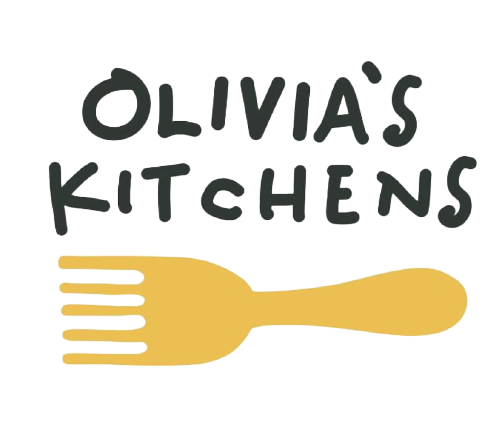Intuitive Eating Vs Mindful Eating
Intuitive Eating and Mindful Eating are two different approaches to managing one’s relationship with food and body image. While they share some similarities, they also have distinct differences.
Intuitive Eating
Intuitive Eating is a non-diet approach to food that emphasizes listening to one’s body’s hunger and fullness cues, rather than following external rules or restrictions. It involves becoming attuned to internal hunger and satiety signals, rather than relying on external cues such as the clock, diet plans, or social pressure.
Mindful Eating
Mindful Eating, on the other hand, is a way of paying attention to the present moment while eating. This includes being aware of the smells, textures, and flavors of food, as well as the emotions and thoughts that come up while eating. Mindful Eating can be used in conjunction with Intuitive Eating, as it helps to slow down and pay attention to internal hunger and fullness cues.
Intuitive Eating is a holistic approach that encourages individuals to tune into their body’s natural hunger and fullness cues and to eat in response to those cues rather than adhering to external rules or restrictions. It emphasizes the importance of honoring one’s hunger and satisfying one’s cravings, rather than denying or suppressing them. It also encourages individuals to develop a positive relationship with food by allowing all foods, without restrictions or guilt.
Mindful Eating, on the other hand, is a more specific technique that can be used in conjunction with Intuitive Eating. It involves paying attention to the present moment while eating, including the physical sensations of hunger and fullness, the taste and texture of food, and the emotions and thoughts that come up during the eating experience. By practicing Mindful Eating, individuals can become more aware of their body’s natural hunger and fullness cues and make more intentional, conscious decisions about when and how much to eat.
Both Intuitive Eating and Mindful Eating can be effective in helping individuals to overcome disordered eating patterns, improve their relationship with food, and achieve a healthy weight. However, Intuitive Eating is more of a broader approach to food and body image, while Mindful Eating is a specific technique that can be used to enhance the Intuitive Eating approach.
Both Intuitive Eating and Mindful Eating can be beneficial for individuals looking to improve their relationship with food and achieve a healthy weight.
Intuitive Eating can help individuals to break free from restrictive dieting and to trust their body’s natural hunger and fullness signals. It encourages individuals to eat all foods, without restriction or guilt, and to focus on the pleasure and satisfaction that comes from eating.
Both approaches can help individuals to overcome disordered eating patterns, such as binge eating or restrictive eating. Intuitive Eating can help to break the cycle of dieting and weight cycling by encouraging individuals to trust their body’s natural hunger and fullness signals, while Mindful Eating can help individuals to be more present and aware while eating, which can lead to a deeper understanding of their body’s hunger and fullness cues.
In summary
Intuitive Eating focuses on trusting your body’s hunger and fullness signals, while Mindful Eating focuses on paying attention to the present moment and your emotional and physical experience of eating. Both approaches can help to improve one’s relationship with food, but they have different emphases.






